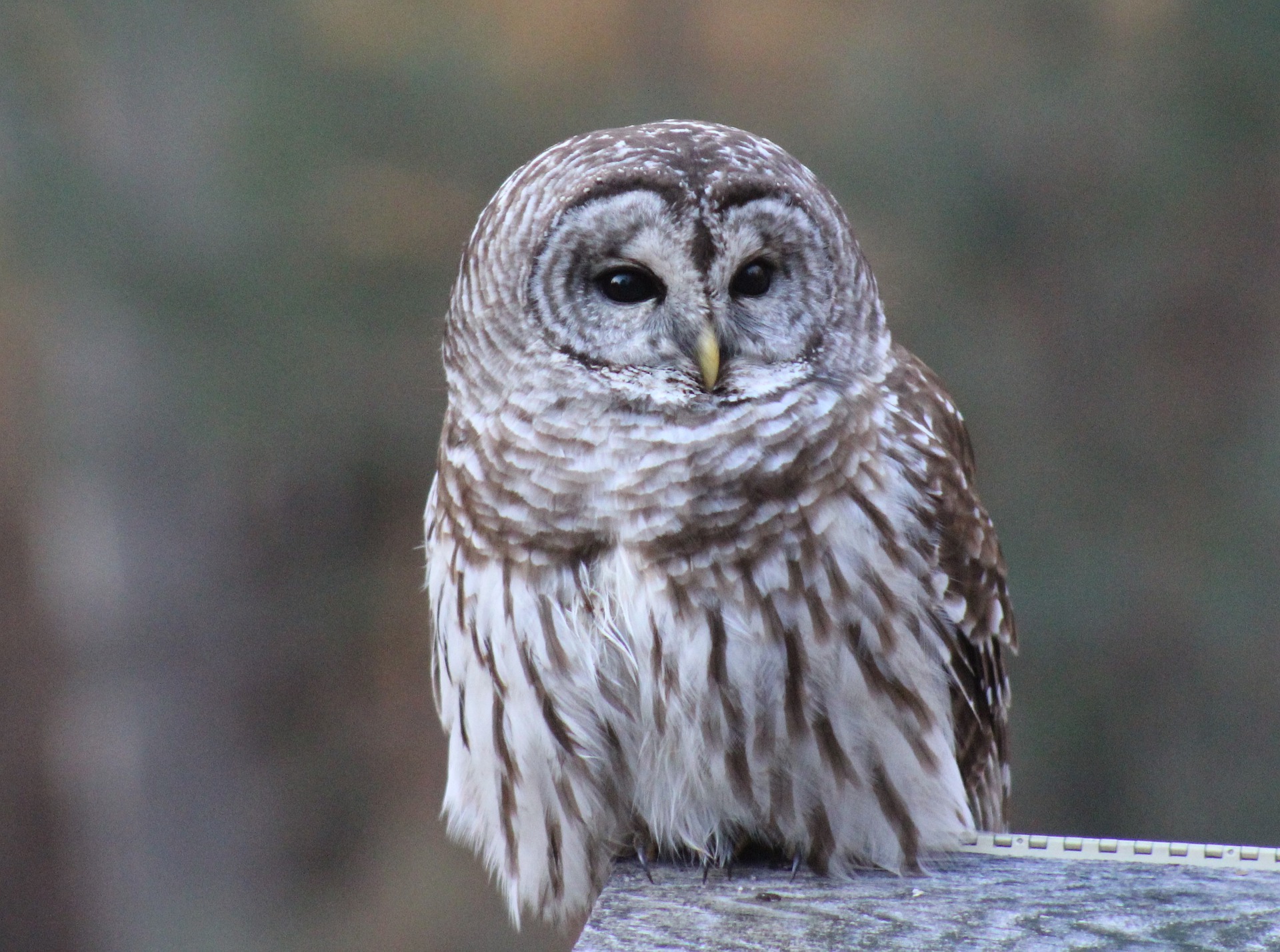More time at home has made for me the silver lining during this pandemic. I feel more tuned in to my valley, and the many living things that call this place home.
Years ago, at an owl walk at the West Virginia Botanic Garden in Morgantown, I learned to identify the distinctive call of the barred owl. I heard it regularly in my little pocket of woods.
My interest in these birds piqued when, sheltering at home for this prolonged period, I noticed the barred owl calling almost daily. When I say daily, I don’t mean every night — I mean I hear it almost every day.
I understood owls to be mostly nocturnal, so hearing the hoots during daylight hours sent me researching to learn more.
Via resources like the Cornell lab of ornithology and Audubon I learned that the barred owl is much larger than I realized — adults can be as tall as 20 inches, with a wingspan of up to close to 4 feet, just a bit smaller than the great horned owl.
The daytime calling I’ve heard is not unusual for this species. In addition to calling around the clock the barred owl also hunts at any time, though most frequently at night, dawn or dusk.
The barred owl call is distinctive — more so than the “hoo, hoooo” you may associate with owls. Birding enthusiasts compare the barred owl’s call to the phrase “who cooks for you, who cooks for you-all.”
The owl’s seven- to nine-part call does fit with that phrase. Hearing the call so often, I have come to have the phrase stuck in my head — turns out it can get pretty annoying!
Apparently not as aggressive as the great horned owl, the barred owl can become strongly territorial during breeding season (my understanding is that this season is in the winter and early spring, but some sources said it can extend to August). The barred owl has been known to attack humans passing close to its territories.
Barred owls prey on birds, fish, amphibians, crayfish and mammals smaller than themselves, and in turn are prey to great horned owls and raccoons. I read that if the large owls eat enough crayfish, the feathers under their wings can turn pink, like a flamingo’s.
Researchers believe these birds mate for life, although I got the impression from my secondary research that this is an educated guess. They tend to nest in dead tree cavities, but also use nesting boxes, stick nests built by crows or larger birds, or take over squirrel nests.
Females usually lay two or three eggs, although occasionally one or two more. The babies hatch after about a month and leave the nest after about six weeks, but staying close by, using their talons and beaks to climb around because they cannot fly until they are about 10 weeks old. Even after learning to fly, the young barred owls tend to stay near their parents’ nest for six months.
They like older forests and swamps, and their habitat has been expanding due to wild fire suppression in some areas and climate change. Unfortunately part of this habitat expansion has caused them to compete with and hybridize with their cousin the spotted owl, which is a threatened species.
While I’ve taken the sounds of the barred owl for granted for years, now that I know a little more about these feathered friends I think I will listen with increased affection — and I will look up to keep my eye out for them when I walk in the woods.




